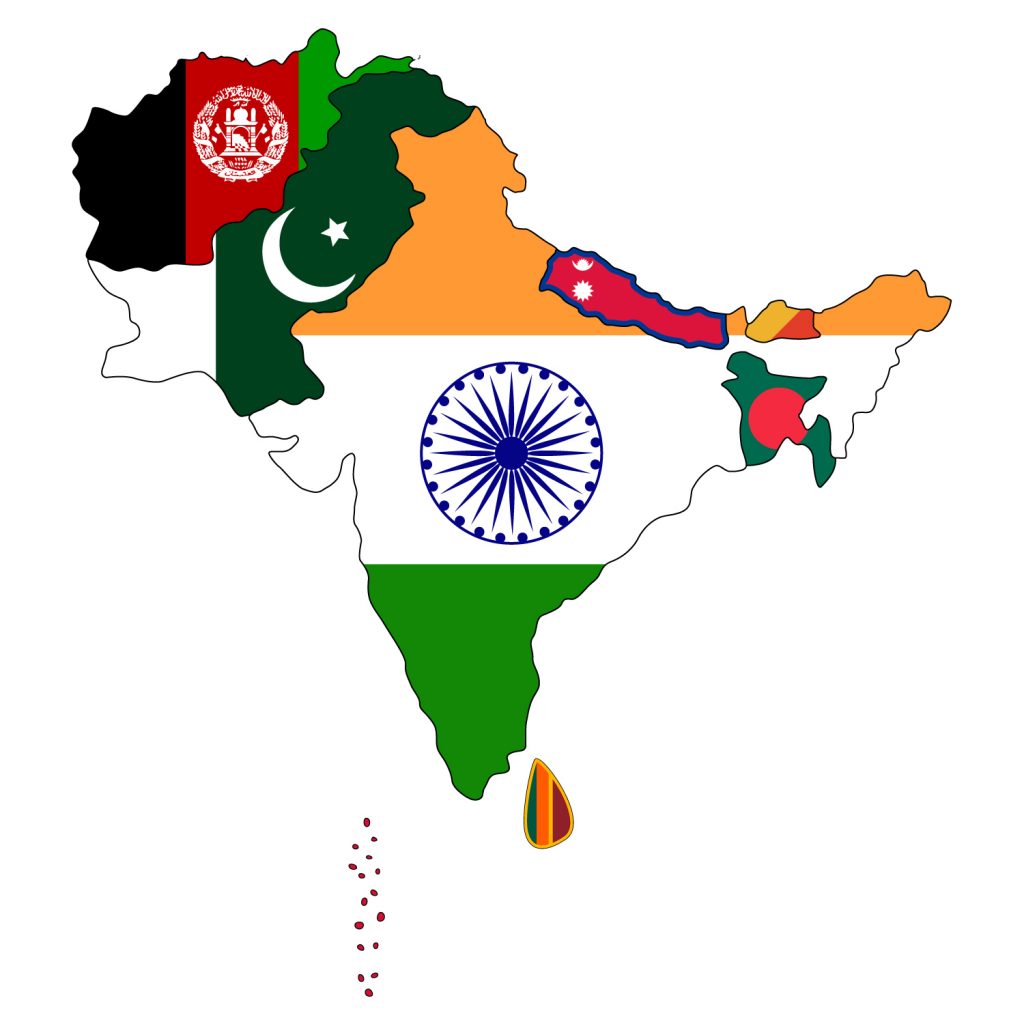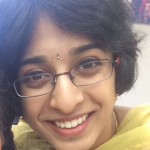
The following post is in response to an editorial comment written on Hello NRI Facebook Page by Rishi Agarwal.
Am I, a second-generation immigrant with parents from India, an Indian-American or a South Asian American? Do I have to pick one—or can I be both?
The media has increasingly begun to focus on the issue of identity among South Asian Americans. Over the past few months, there has been tension in California about textbooks and curricula, with community advocates, organizations, and scholars working against those who are proposing edits and counter-edits about the way textbooks should discuss South Asia, its history, and its religious belief systems.
BG Sravya had a recent panel discussion in her “Brown Girl News” web series, which can be viewed above, about certain Hindu fundamentalist organizations looking for making changes to the textbooks that would erase the identity of Dalit-Bahujan castes, erase mentions of Sikh founder Guru Nanak’s denouncement of caste, and portray Islam as a violent religion. In addition, the Hindu-American Foundation, in particular, wants to refer to South Asia as India in textbooks.
But, this ideology excludes non-Hindu and non-Indian communities and people in the South Asian region. This is a way for Hindu-Indian Americans to distance themselves from other communities and people from South Asia.
And it is a similarly divisive ideology that informs Rishi Agarwal’s editorial comment about the so-called fight for an Indian-American identity.
My parents come from India, so for Agarwal, I would be an “Indian American.” In his editorial, he states that he and his family “regularly enjoy many aspects of Indian culture,” such as food, music, and religion. But what is Indian food? Punjabi cuisine is vastly different from Tamil cuisine, which is different from Kerala cuisine, which is different from Andhra cuisine, which is different from Maharashtrian cuisine, and I could go on, – there is no single “Indian food.”
And what is “Indian music?” Hindustani music and Carnatic music differ in so many ways. Ghazals and Qawwalis distinctly vary as well. Even contemporary music is not the same across states, across languages, and across the variety of cultures that exist in India.
And “Indian religion?” India is constitutionally secular. There is no one religion in India—people of many religions, such as Hinduism, Islam, Sikhism, Jainism, Buddhism, Christianity, and Judaism, to name a few—reside in India.
So let me ask, what does Agarwal mean when he states that he and his family enjoy these aspects of Indian culture? He is attempting to homogenize an extremely diverse group of people, an extremely diverse group of cultures and foods and music and religions.
The existence of a South Asian American identification should not—and does not—erase the fact that there are different identities under this umbrella. Instead, it is an attempt at being inclusive of all of these identities rather than utilizing divisive rhetoric to separate oneself.
For example, Indian-Muslims have expressed disagreement with the idea that there should be no such thing as a “South Asian American” identity, stating that the term “Indian American” does not truly fit their understanding of who they are. In many ways, they relate to others from the South Asian subcontinent who are not just Indian, and sometimes they relate to these people more than they relate to other Hindu Indians.
Saying that the South Asian American identity is valid, is not to say that the South Asian identity is monolithic; it is to acknowledge that people from the region can identify with those not necessarily from their country of origin. However, by insisting that people label themselves Indian-American or Pakistani-American or Bangladeshi-American, etc. without allowing them to make that choice for themselves, it may be assumed that one’s country of origin is all that matters.
South Asians in the United States are a minority. We are immigrants in another culture. It is important to acknowledge and understand that there are different subcultures that make up the South Asian American identification, but at the same time, understanding myself as a South Asian American rather than merely an Indian-American, allows me to place myself within the larger community of the diaspora.
My argument is not that people should not be allowed to identify as Indian-American or as Pakistani-American or as Sri Lankan-American. Instead, arguing against the South Asian American identification and calling it “political correctness” as an attempt to dismiss it is harmful and divisive.
 Sanjana Lakshmi is an undergraduate student who wants to change the world, originally from the Bay Area and now studying political science and legal studies at Northwestern University. She dreams of one-day dismantling capitalism, along with, patriarchy and structural racism, and obviously she can’t to this single-handedly, so please join her. But, in the meantime, she hopes to help her community in any way she can. Lakshmi is particularly passionate about gender justice but cares about all kinds of human rights issues as well. She also enjoys Indian food, falafel, mint chocolate chip ice cream, hiking, hanging out with her dog and her family, and sleeping.
Sanjana Lakshmi is an undergraduate student who wants to change the world, originally from the Bay Area and now studying political science and legal studies at Northwestern University. She dreams of one-day dismantling capitalism, along with, patriarchy and structural racism, and obviously she can’t to this single-handedly, so please join her. But, in the meantime, she hopes to help her community in any way she can. Lakshmi is particularly passionate about gender justice but cares about all kinds of human rights issues as well. She also enjoys Indian food, falafel, mint chocolate chip ice cream, hiking, hanging out with her dog and her family, and sleeping.




